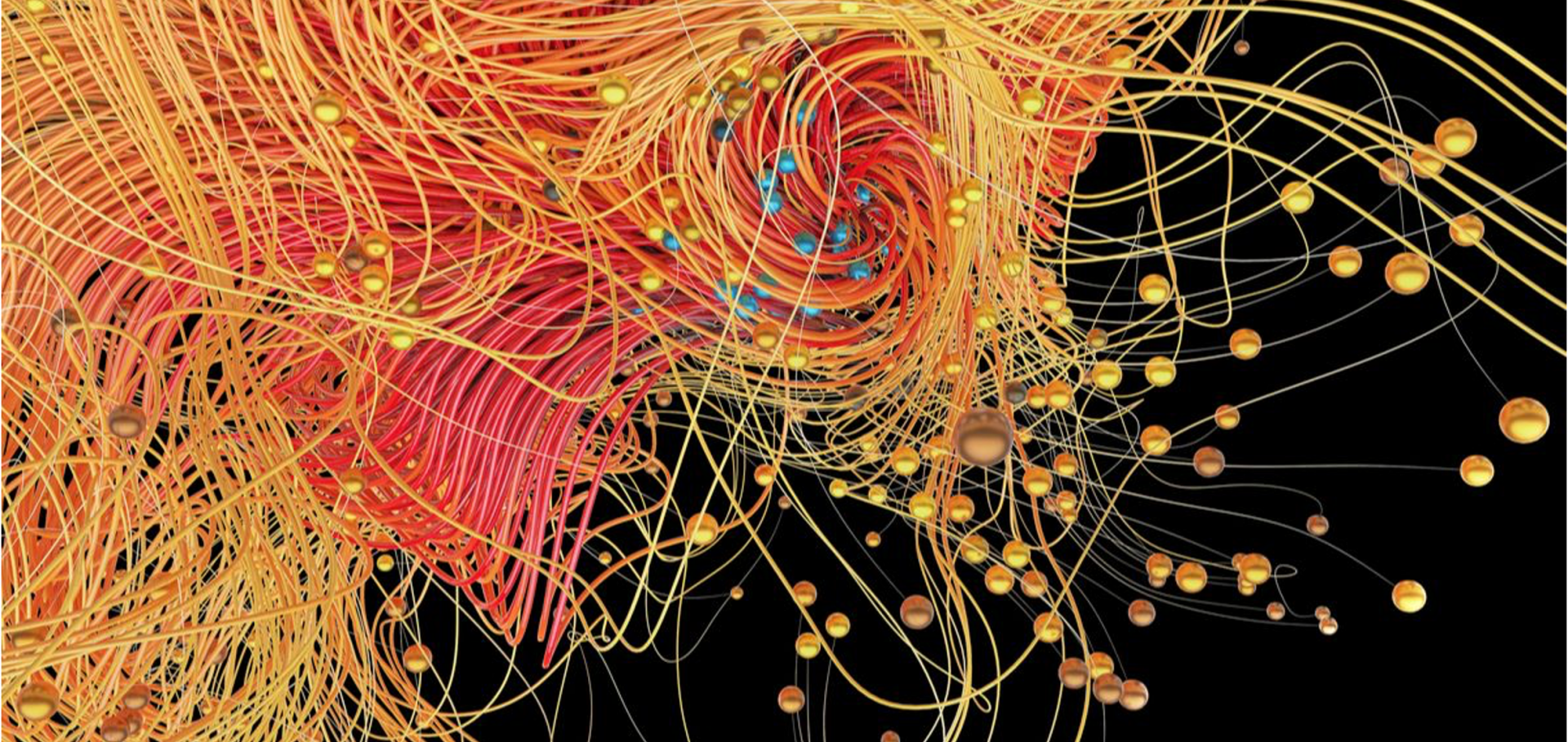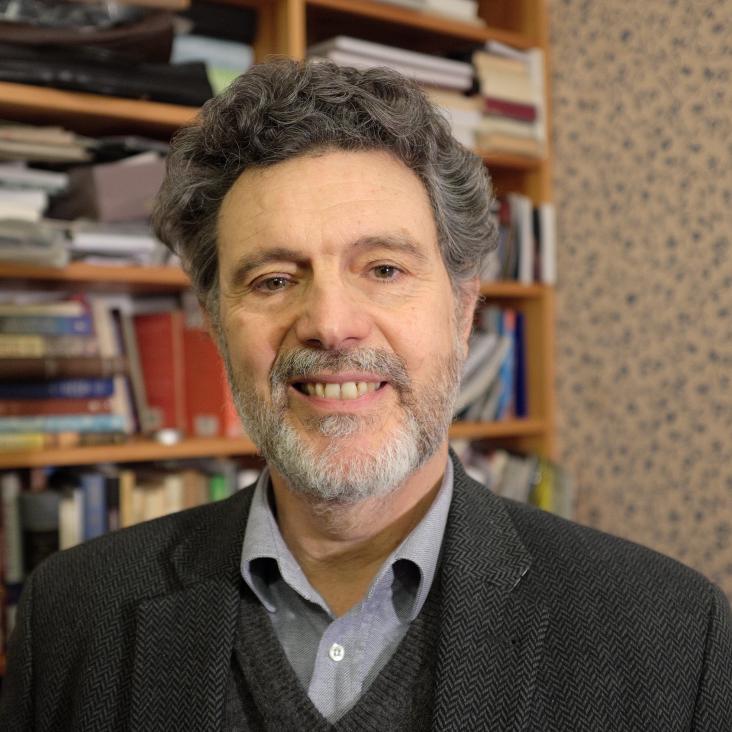A Neutron diffraction study of multiferroics RMn2O5
ArXiv 0806.4128 (2008)
Abstract:
The magnetic properties of RMn2O5 multiferrroics as obtained by unpolarized and polarized neutron diffraction experiments are reviewed. We discuss the qualitative features of the magnetic phase diagram both in zero magnetic field and in field and analyze the commensurate magnetic structure and its coupling to an applied electric field. The origin of ferrolectricity is discussed based on calculations of the ferroelectric polarization predicted by different microscopic coupling mechanisms (exchange striction and cycloidal spin-orbit models). A minimal model containing a small set of parameters is also presented in order to understand the propagation of the magnetic structure along the c-direction.From single-molecule magnetism to long-range ferromagnetism in Hpyr [Fe17 O16 (OH) 12 (py) 12 Br4] Br4
Physical Review B - Condensed Matter and Materials Physics 77:22 (2008)
Abstract:
The molecular magnet Hpyr [Fe17 O16 (OH) 12 (py) 12 Br4] Br4 (" Fe17 ") has a well-defined cluster spin ground state of S=35/2 at low temperatures and an axial molecular anisotropy of only D-0.02K. Dipolar interactions between the molecular spins induce long-range magnetic order below 1.1 K. We report here the magnetic structure of Fe17, as determined by unpolarized neutron diffraction experiments performed on a polycrystalline sample of deuterated Fe17 in zero applied magnetic field. In addition, we report bulk susceptibility, magnetization, and specific heat data. The temperature dependence of the long-range magnetic order has been tracked and is well accounted for within mean-field theory. Ferromagnetic order along the crystallographic c axis of the molecular spins, as determined by the neutron diffraction experiments, is in agreement with ground-state dipolar energy calculations. © 2008 The American Physical Society.Electric field switching of antiferromagnetic domains in YMn2O5: a probe of the multiferroic mechanism
(2008)
The commensurate phase of multiferroic HoMn2O5 studied by X-ray magnetic scattering
(2008)
The commensurate phase of multiferroic HoMn2O5 studied by X-ray magnetic scattering
ArXiv 0803.3779 (2008)



